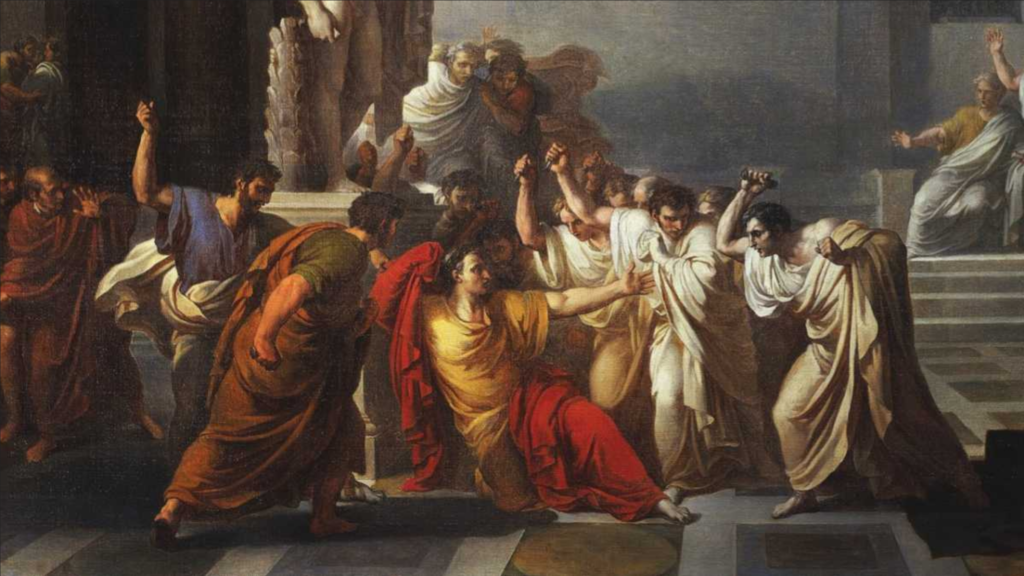As part of the Learning With AI initiative, Still Water researchers continue to examine the role of generative AI in reshaping contemporary education and creativity, from whether the term paper will go the way of cursive writing, to deciding who gets credit for AI-generated content.
 Will ChatGPT change writing forever?
Will ChatGPT change writing forever?
Senior researcher and Dartmouth digital humanities maven John Bell joined Still Water co-director Jon Ippolito in a “ChatGPT: The Means Are the Ends,” a presentation for the The Future of Writing conference at the University of Southern California coorganized with the Annenberg School of Communication and Journalism, where they sketched out a possible future in which contemporary writers’ focus on the mechanics of prose might give way to machine-readable modes of communication.
When should you use generative AI?
 What uses of ChatGPT and its ilk are appropriate for the classroom and other contexts? In a webinar hosted by the Institute of Electrical and Electronics Engineers (IEEE) and UMaine AI, Jon Ippolito proposed that the question of reliability is the inverse to the question of creativity: to the extent that ChatGPT is creative, it can’t be trusted, and vice versa.
What uses of ChatGPT and its ilk are appropriate for the classroom and other contexts? In a webinar hosted by the Institute of Electrical and Electronics Engineers (IEEE) and UMaine AI, Jon Ippolito proposed that the question of reliability is the inverse to the question of creativity: to the extent that ChatGPT is creative, it can’t be trusted, and vice versa.
The presentation made the case for a special kind of creativity that derives from the probabilistic nature of large language models. As an example of the serendipity of opportunistic solutions, Ippolito explained that your chance of breathing in a molecule of Julius Caesar’s last breath in your next lungful is actually 98%. The fact that we incorrectly imagine this coincidence to be extremely unlikely is evidence that we do not understand how opportunistic problems work. Ippolito’s conclusion is that generative AI functions better for opportunistic tasks that admit many solutions than for prescriptive tasks where a wrong move can doom the entire enterprise.
Learning With AI initiative expands
The Learning With AI toolkit created by Still Water with colleagues in the Center for Innovation in Teaching and Learning and other campus units has grown to over 250 resources and strategies. Digital Curation faculty member Kendra Bird and Ippolito gave a related workshop for Eastern Maine Community College, while Ippolito shared a virtual stage with AI experts from MIT and the Roux Institute in a workshop organized by the Maine Mathematics and Science Alliance.
 The ramifications for higher education inspired two salons organized by University of Maine library dean Daisy Singh, including “Back to the Future: The Post-ChatGPT Classroom.” Still Water Co-director Joline Blais added climate change and community connection as looming disruptions to higher education in a second salon, entitled “Planning the Next-Generation University.” Blais and fellow faculty discussed the obstacles to a more engaged university and ways to overcome them.
The ramifications for higher education inspired two salons organized by University of Maine library dean Daisy Singh, including “Back to the Future: The Post-ChatGPT Classroom.” Still Water Co-director Joline Blais added climate change and community connection as looming disruptions to higher education in a second salon, entitled “Planning the Next-Generation University.” Blais and fellow faculty discussed the obstacles to a more engaged university and ways to overcome them.
Who deserves credit for an AI image?
The veiled foundation for AI’s unusual brand of creativity has led authors and artists to sue tech startups for basing large language models on their artworks without permission. The datasets for content generators such as DALL-E and ChatGPT include books and images scraped from the web created by human artist and designers. Is it fair that AI blends their creations to fabricate new AI-generated images without any attribution to the original sources? Ippolito has the last word in Susan D’Agostino’s Inside Higher Ed article AI Raises Complicated Questions About Authorship:
Ultimately, AI is a different beast than humans, which warrants different standards, suggests Jon Ippolito, professor of new media and digital director of curation at the University of Maine. Ippolito is also a former Guggenheim Museum curator.
“Postimpressionism inspired Cubism,” Ippolito wrote in an email. “But Picasso didn’t physically cut up all of Cézanne’s paintings to make his own.”
Featured image: Vincenzo Camuccini, The Death of Julius Caesar (detail).

